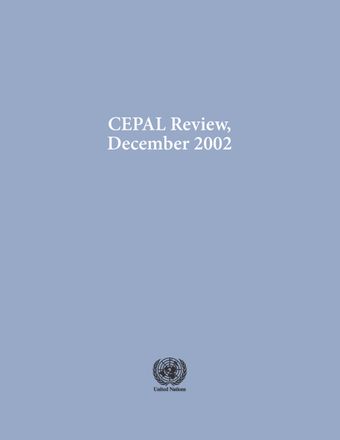-
Income distribution in Argentina, 1974-2000
- Source: CEPAL Review, Volume 2002, Issue 78, Dec 2002, p. 53 - 82
- Spanish
-
- 03 Dec 2002
Abstract
Over the last quarter-century, the distribution of income in Argentina has deteriorated steadily. This article utilizes microsimulation analysis to decompose the impact that labour changes have had on the distribution of family income. In the 1970s, the deterioration was due to real reduction and relative dispersion of wages; in the 1980s, it was linked to growing unemployment resulting from successive crises; in the 1990s, under the new economic order, the deterioration continued as a result of the unemployment generated by the restructuring of production and the increase in labour force participation, coupled, in the last phase, with greater inequality in wage levels. The article concludes that the new economic model involves, beyond currency appreciation and the ultimate collapse of the macroeconomic regime, a lower employment elasticity of growth –thereby generating more structural unemployment– and a larger wage gap between workers at different skill levels.





